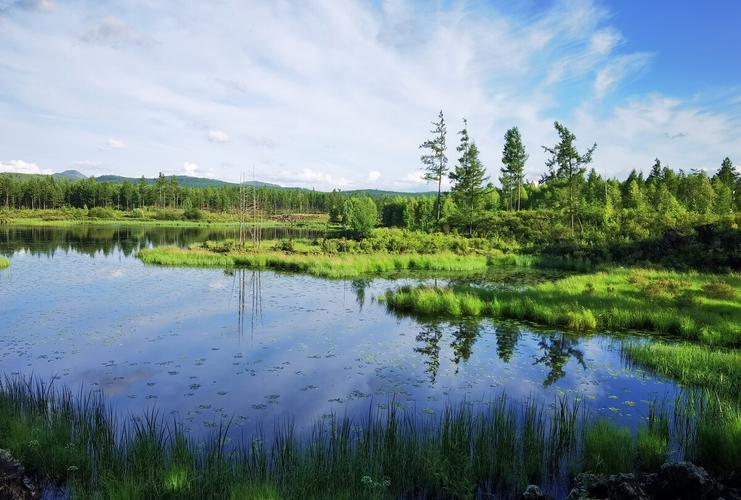The Cultural Significance of Traditional Costumes: Preserving Our Heritage
Traditional costumes are not only a representation of a culture’s history and heritage. They also serve as a valuable tool in preserving a community’s way of life, beliefs, and traditions. These costumes are the embodiment of a people’s identity and a way of showcasing their unique customs and practices. This article will delve deeper into the cultural significance of traditional costumes and how they impact the way we understand and appreciate our cultural heritage.
The Evolution of Traditional Costumes
Traditional costumes have been a part of human civilization since the beginning of time. Their evolution can be attributed to several factors, including geographical location, climate, and cultural influences. These factors have shaped the way traditional costumes look and the materials used to make them. However, with the advent of modernization, traditional costumes are facing extinction as people opt for more modern attire. This threatens the rich cultural heritage that has been passed down from generation to generation.
The Role of Traditional Costumes in Cultural Preservation
Traditional costumes are an excellent way to preserve cultural heritage. They provide a tangible representation of a community’s way of life, beliefs, and customs. By wearing traditional costumes, people are reminded of their roots and their connection to their history. This is particularly important in today’s world, where globalization and modernization threaten to erase languages and cultures. Through traditional costumes, we can keep our cultural heritage alive by celebrating our differences and promoting diversity.
Traditional Costumes and Tourism
Traditional costumes are also valuable in the tourism industry. They attract visitors who want to learn about our cultural heritage and history. In some countries, traditional costumes have been used as a marketing tool to promote tourism. For example, in India, the state of Rajasthan is known for its elaborate traditional costumes worn by women, which are a significant attraction for tourists. In this way, traditional costumes can also provide economic benefits by creating jobs and opportunities in the tourism industry.
Conclusion
Traditional costumes are not just clothes; they represent a cultural legacy that has been passed down from generation to generation. They are a tangible representation of our identity, history, and values. By understanding the cultural significance of traditional costumes, we can appreciate and preserve our heritage for future generations. Through traditional costumes, we can promote diversity and build bridges between different cultures. Therefore, we must continue to celebrate our differences and embrace our cultural heritage by wearing traditional costumes.
(Note: Do you have knowledge or insights to share? Unlock new opportunities and expand your reach by joining our authors team. Click Registration to join us and share your expertise with our readers.)
